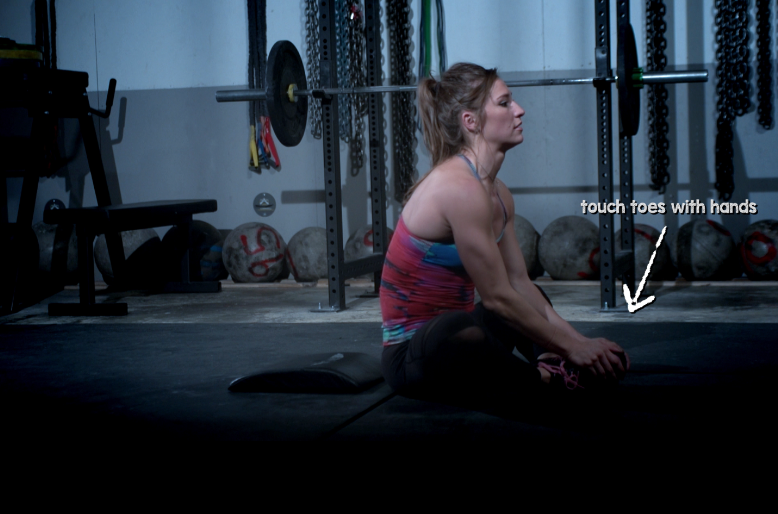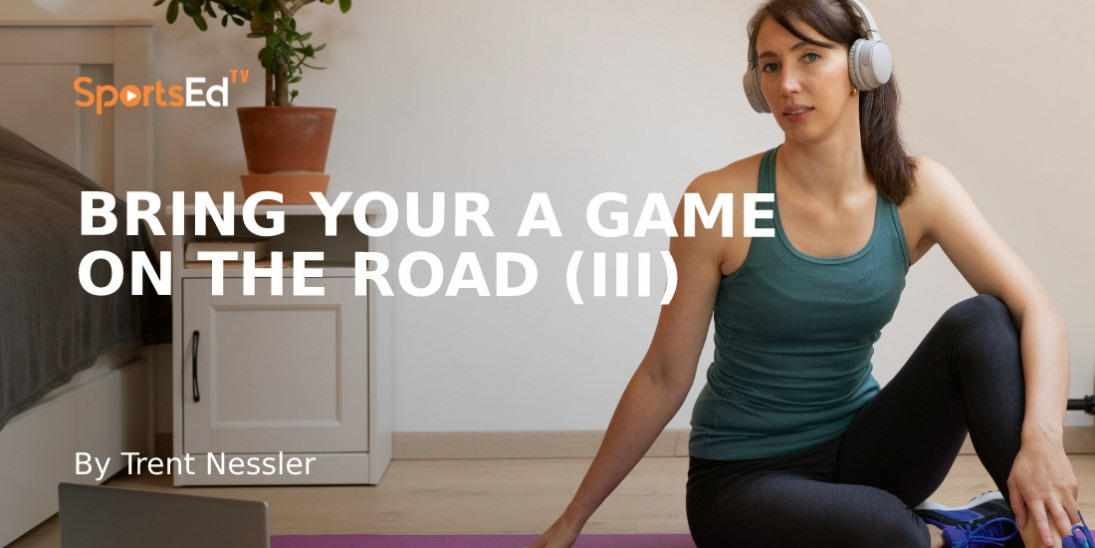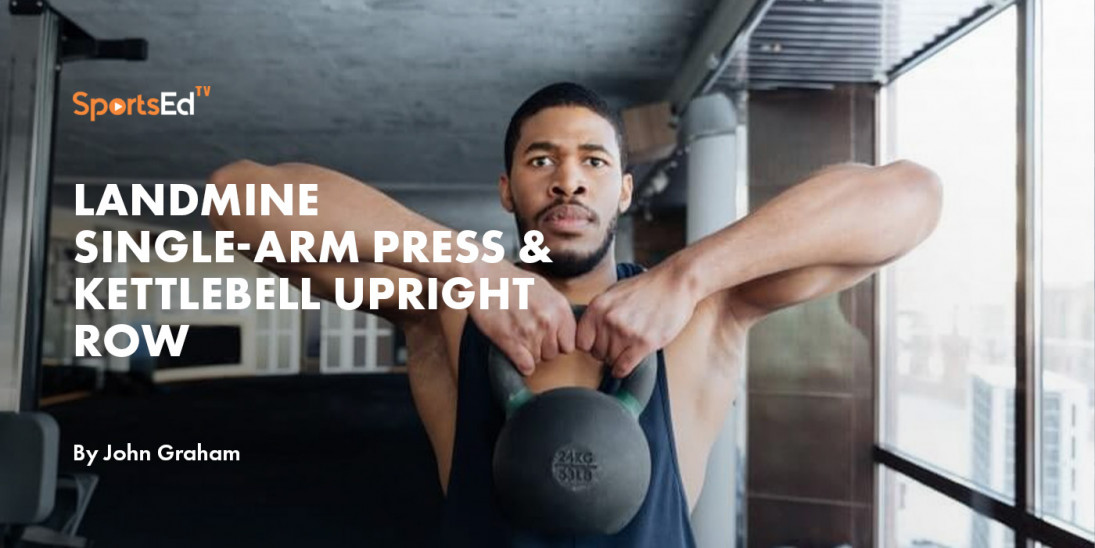Strength And Conditioning
Welcome and thanks for visiting...

AbMat Sit-Up
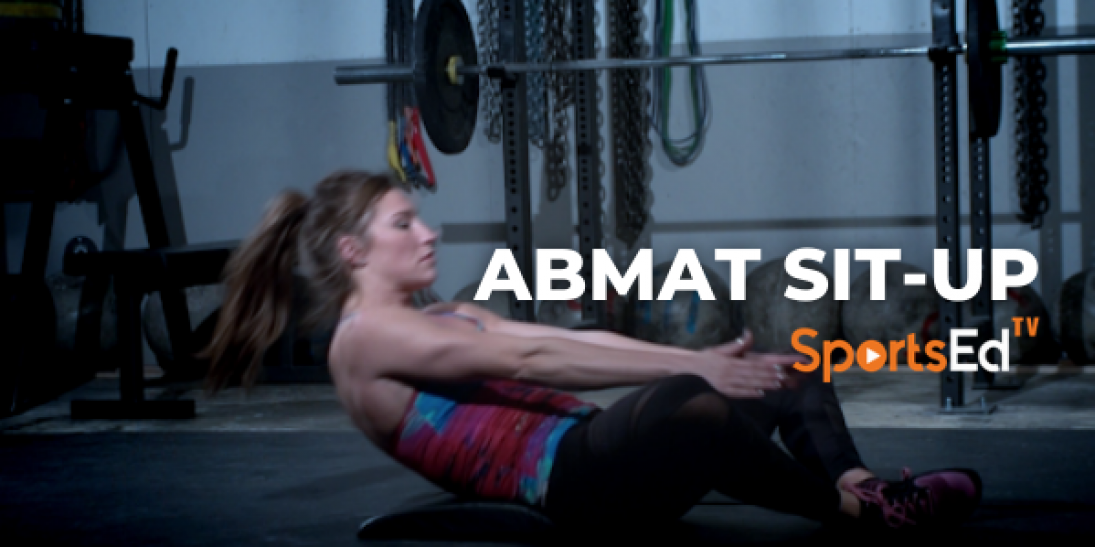
Before we get into the specifics of the AbMat sit-up, let’s have an overview of the abdominal muscles.
The four main abdominal muscle groups that combine to cover the internal organs completely include:
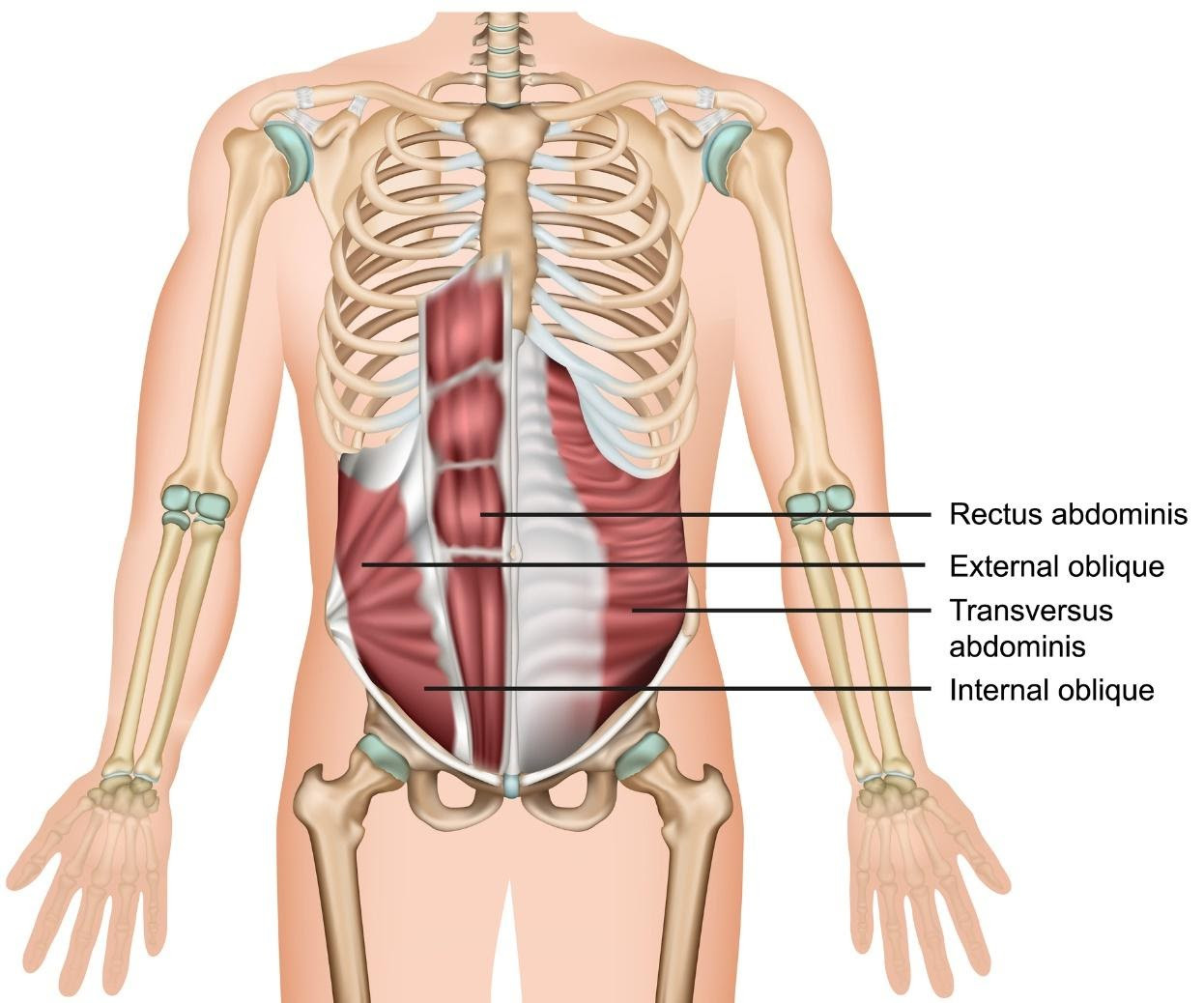
transversus abdominis – the deepest muscle layer. Its main roles are to stabilize the trunk and maintain internal abdominal pressure.
The rectus abdominis is slung between the ribs and the pubic bone at the front of the pelvis. When contracted, this muscle has the characteristic bumps or bulges that are commonly called ‘the six pack’. The main function of the rectus abdominis is to move the body between the ribcage and the pelvis.
External oblique muscles – these are on each side of the rectus abdominis. The external oblique muscles allow the trunk to twist but to the opposite side of whichever external oblique is contracting. For example, the right external oblique contracts to turn the body to the left.
Internal oblique muscles – these flank the rectus abdominis and are located just inside the hip bones. They operate in the opposite way of the external oblique muscles. For example, twisting the trunk to the left requires the left-side internal oblique and the right-side external oblique to contract together.
How to do the AbMat Sit-Up
Positioned under the lower back, the contoured AbMat enables a full extension of the abdominals at the beginning of a sit-up by tilting the spine, which is not possible on a flat surface. It also stabilizes the pelvis as you rise up, allowing the abs to contract fully. The result is a more efficient and complete core training of the abdominal, oblique, and back muscles.
How to do it
Lay on the floor, feet in the butterfly position.
Hands start touching floor behind head.
Fat part of AbMat flat against back.

Squeeze abs, pulling chest up.
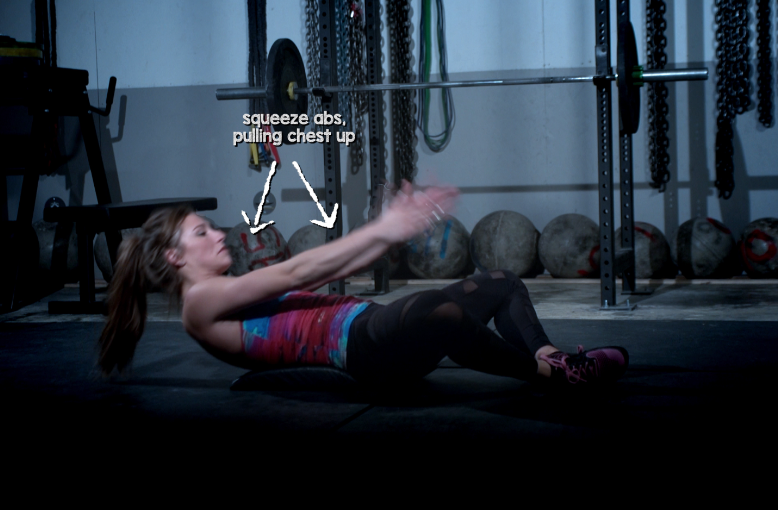
Touch toes with hands.
